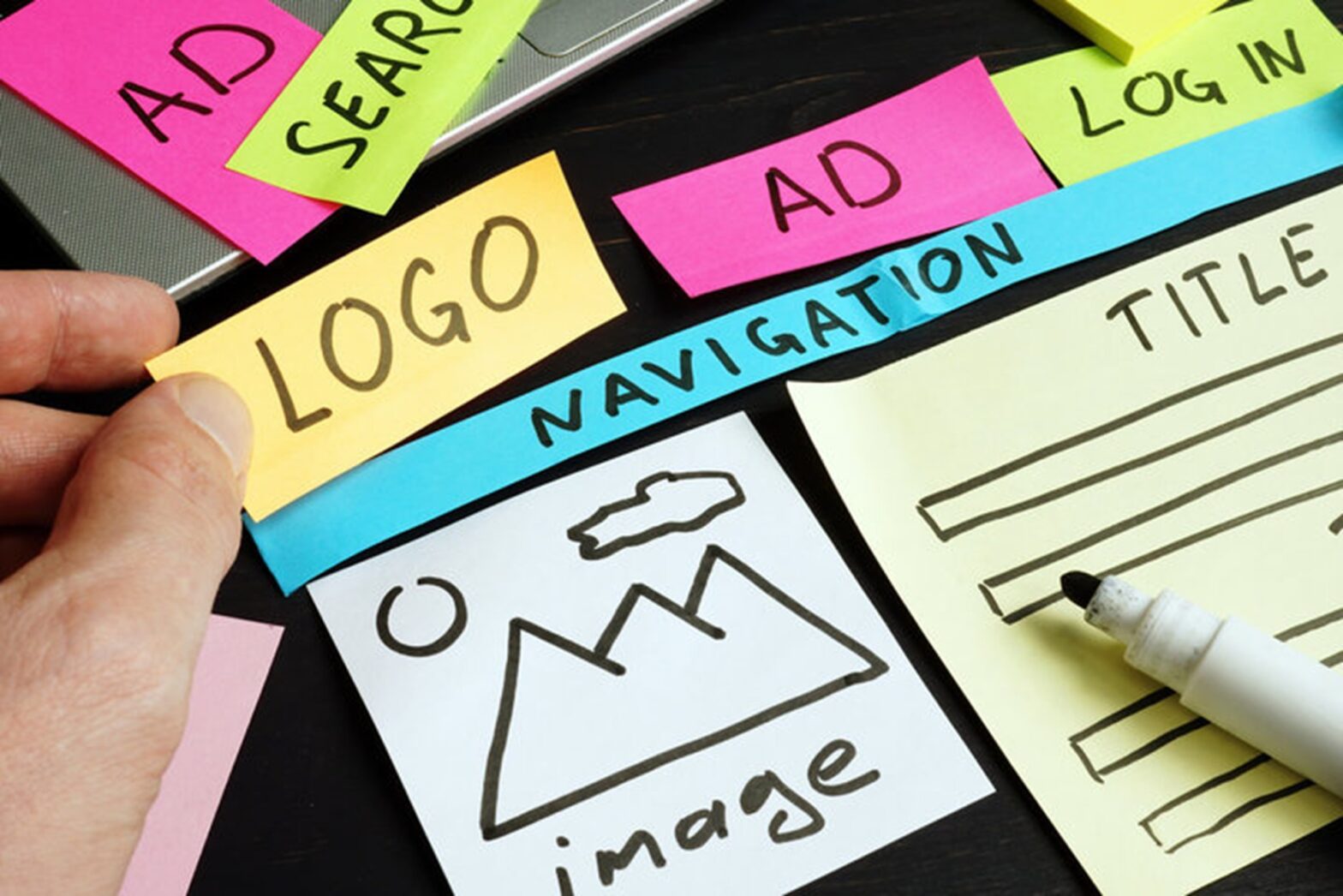Most websites are built to impress. Fewer are built to include. That’s the quiet truth about design today, while creativity has become more sophisticated, accessibility often gets treated as an afterthought, a compliance checklist instead of a design principle. But accessibility isn’t about rules. It’s about empathy – designing with every possible user in mind, not just the ones who fit the most common pattern.
Professionals like Cullen Fischel, who specialize in building modern, functional websites, understand that accessible design is not just about meeting a standard – it’s about broadening reach, respect, and relevance. A website that’s accessible doesn’t simply work for people with disabilities; it works better for everyone. It’s cleaner, clearer, and more considerate.
So what does accessibility really look like when it’s done right? It’s not about limiting creativity, it’s about designing so that no one gets left behind.
Designing for Everyone, Not the Majority
A truly accessible website starts with a simple shift in mindset: it should be designed from the start to work for all types of users, rather than adding accessibility features later. That means you should think about how a guest who is colorblind would read contrast, how someone who has trouble moving around would use a menu, and how someone using a screen reader would understand your structure.
Designing for accessibility isn’t a special need. It’s important for business. The CDC says that one in four people in the U.S. lives with some kind of disability. A website that isn’t accessible is missing out on a quarter of its possible audience, and it’s not by accident; it’s by design.
Experts like Cullen Fischel often point out that inclusivity is also good strategy. Accessible sites load faster, perform better on search engines, and offer smoother navigation traits that benefit every visitor, not just those with accessibility needs.
Contrast, Color, and Clarity

Color choices are often where the accessibility starts and also tend to fail. Designers love to experiment with a lot of color palettes, but with websites, they need to be a little careful. For example, if your text color and background don’t have enough contrast, it’s not just a design issue; it’s a usability barrier.
The Web Content Accessibility Guidelines (WCAG) suggest a contrast ratio of at least 4.5:1 for normal text. But beyond ratios, it’s about reading comfort. Colors should guide the eye, not strain it. Patterns, shadows, and overlays should never obscure meaning.
It’s the same with typography. Large, easy-to-read fonts with enough space between lines help people who have trouble seeing or thinking, but they also make reading easier for everyone. Accessibility is naturally improved by minimalist layouts, which are favored by designers like Cullen Fischel because they get rid of needless noise and focus on what’s important.
Keyboard Navigation and Interactive Elements
When you talk about accessibility, you surely need to see how user-friendly it is in terms of operations. A lot of users navigate web without a mouse and rely on keyboards or assistive technology. This basically means, every clickable element – be it a link or a button – must be logical as well as reachable through keyboard navigation alone.
Tab order should follow a natural reading flow. Forms should include clear labels. Pop-ups should be dismissible with a single key press. These small details may seem minor, but they define whether a website feels navigable or impossible.
Cullen Fischel emphasizes the fact that these aren’t just nice things to have; they’re essential for skilled, welcoming design. If a website doesn’t work well with different ways of entering information, it’s like a store that forgot to add a ramp to the front door: it may not have meant to leave someone out, but it did.
Structure That Makes Sense
Every website that looks good has a skeleton that controls how information moves through it. With heading hierarchies, semantic HTML tags, and logical content order, that structure is what screen readers count on.
For a website that is inclusive, it’s the structure that’s always in place. Headings should cascade logically, links should be descriptive, and lists should be coded properly. It’s not just what users see that makes a site accessible; it’s also how it talks to their gadgets. When the structure is made with purpose, the site is easier to find and more useful.
Conclusion
Websites are more than just online stores when they are designed to be accessible to everyone from the start. Then they become places that feel good. Accessibility gives design a reason to exist besides being pretty; it gives it worth.
Professionals like Cullen Fischel remind us that inclusive design isn’t just the future of the web; it’s the standard of good business. Because in the end, accessibility isn’t about what a website can show – it’s about who it chooses to see.
